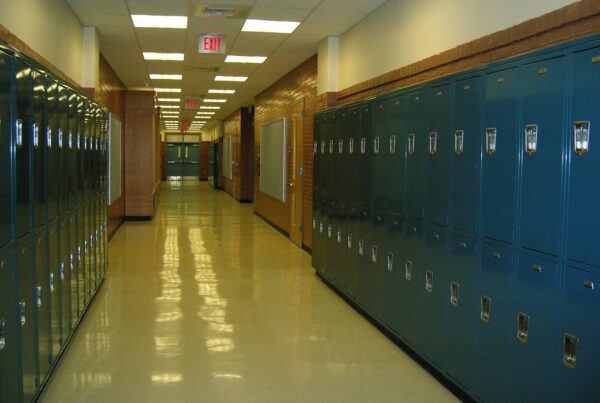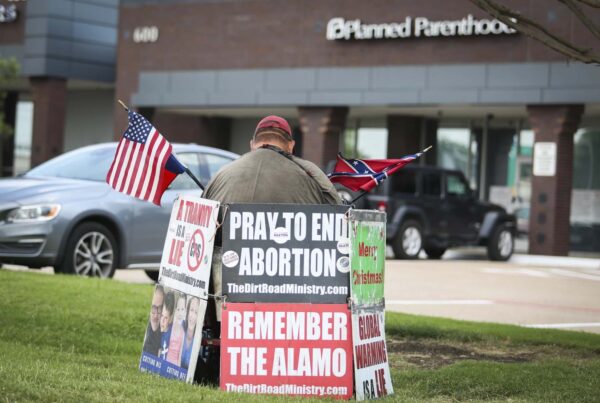The latest housing boom reshaped many Texas communities, with the growth leaving some cities – like Austin – unrecognizable to locals. But what makes Austin different is that while it’s been booming, it’s also been losing its Black population.
A new podcast from KUT, “Growth Machine,” explores how decisions made now and in generations past have impacted how Austin has grown. Host Audrey McGlinchy, KUT’s housing reporter, said that if Austin had one story, it would be growth.
“Everyone talks about it here,” she said. “You talk about whether it’s your rent going up, or if you’re looking to buy a home, how expensive it is. People will talk about, you know, small amounts they paid decades ago for rent or for their home. It’s constantly a conversation that I’m having and others are having.
“We live in a very segregated city, both by race and class. It’s also a city where housing costs have gone up and up and up – and they continue to do so. So I had this moment in my years of reporting where I was like, I want to understand better how we got here. And so I decided to kind of go back nearly a century and start to chart that out for people – for myself and for listeners.”
The first episode focuses on the year 1928 as the city decides to adopt a plan to figure out where to build roads and where houses and businesses should go.
“Austin is starting to see a big boom, as it will for the next century – you know, it’s the home of the University of Texas; it’s the state capital, so government workers are moving here,” McGlinchy said. “It’s sort of one of the first moments in the city’s history where it’s going to start planning what it’s going to look like in the future.”
Following episodes will cover the building of highways in Austin and Texas; an environmental movement in the city; the tech boom; zoning regulations; and what comes next for Austin.













